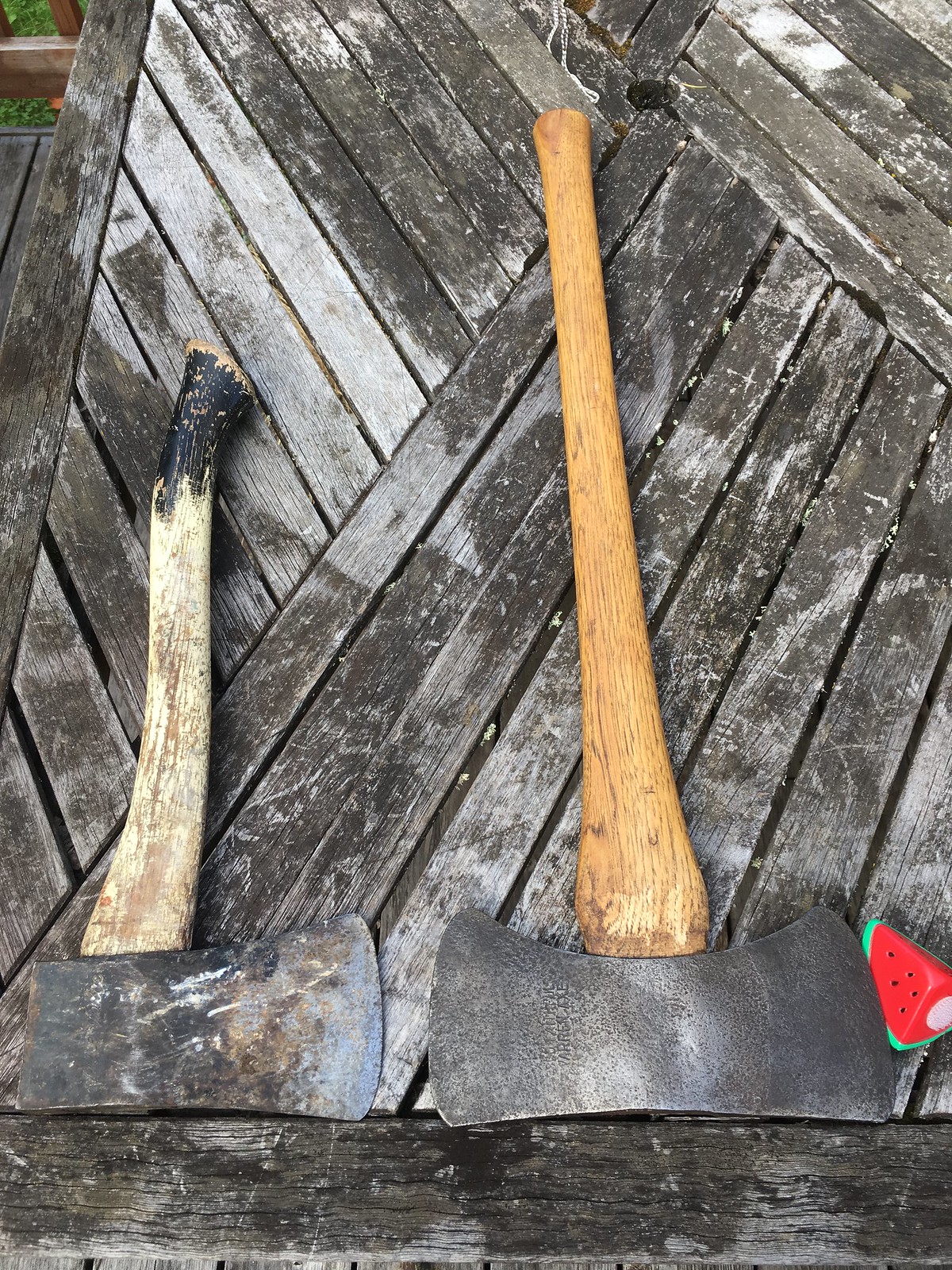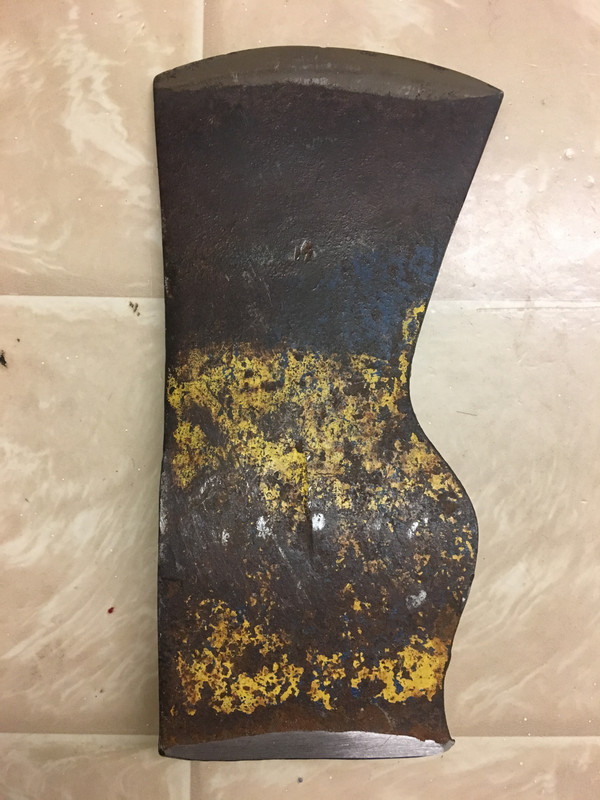Best Made's paint jobs seem to make them "Best Made" axes. Many of vintage Hults Bruk's Agdor line came from the factory with red/yellow painted swells and throats. The later incarnations of Billnas/Old Fiskars axes seem to have been done in the same vein.
Brand recognition and marketability may be/have been a factor. I have a couple of American axes/hatchets that have white painted handles and either black or red painted swells. I don't know if it was done at the factory or if it was a specific brand of replacement handle offered in the past.
Examples, True Value hatchet
Red Knight
 image host url
image host url image host url
image host url





